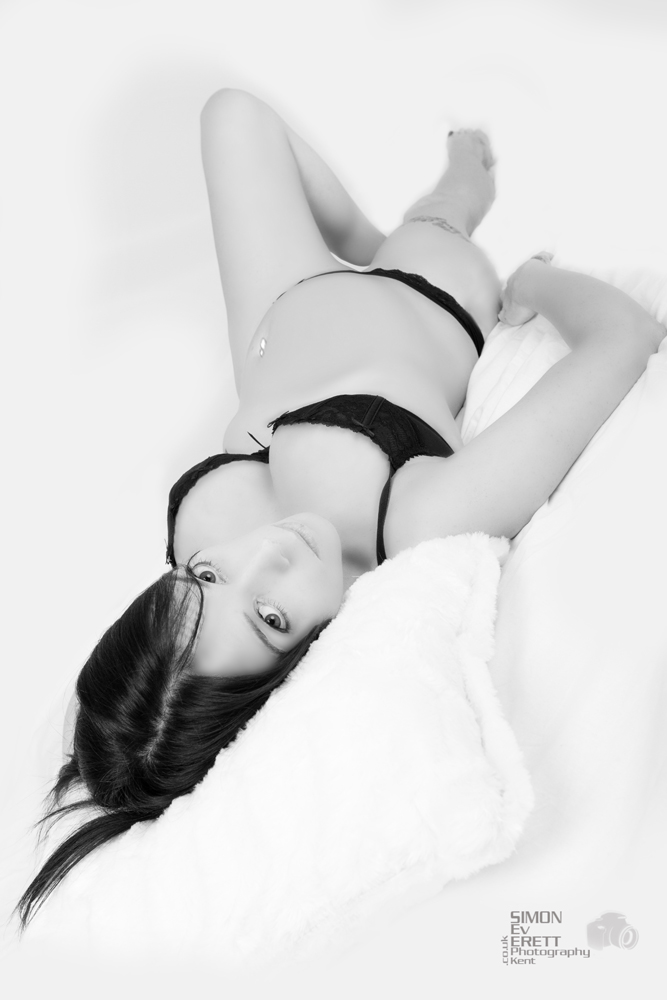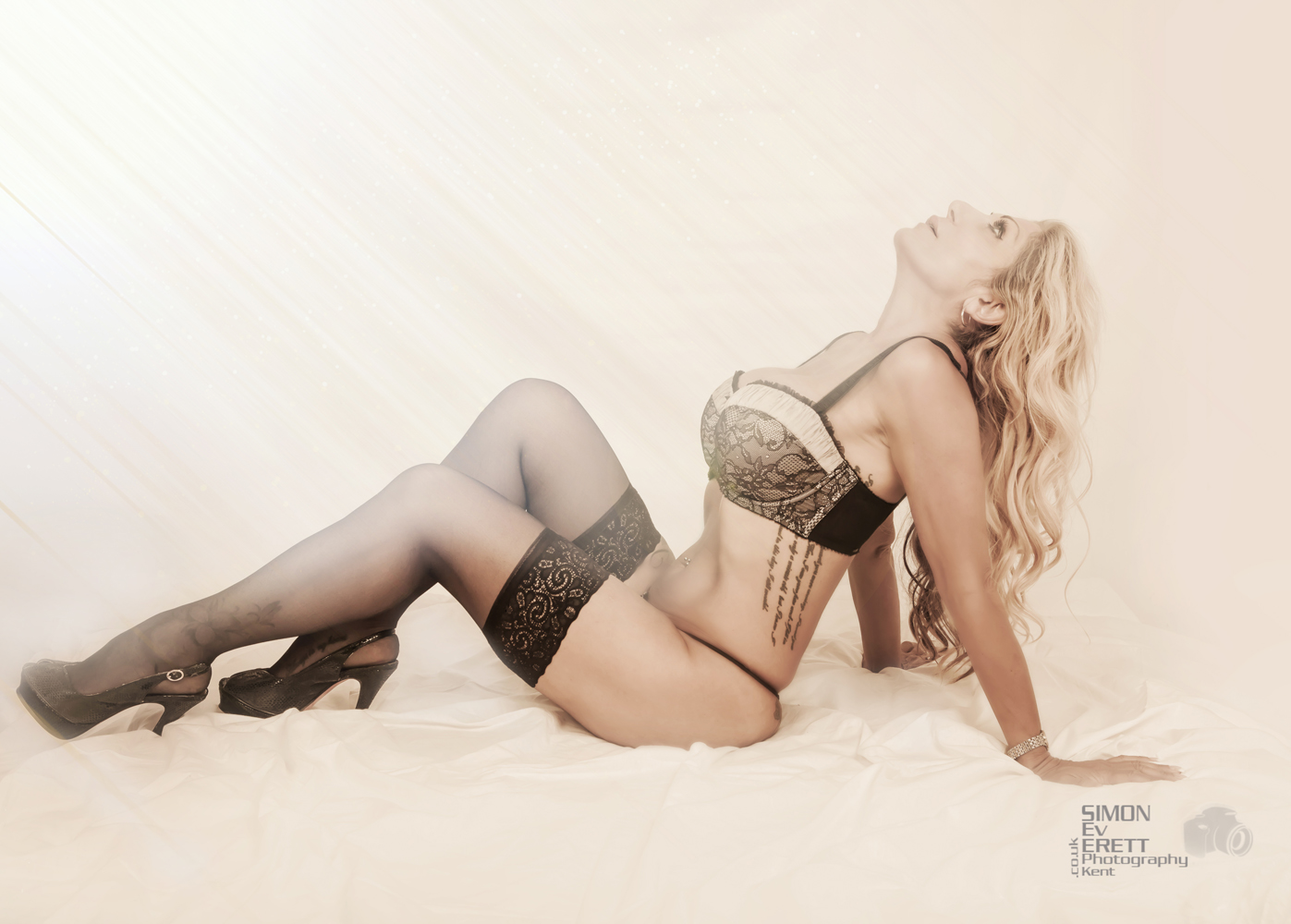My experience‘s as a photographer.
By Simon Everett- photographer
35mm film
Starting from my latter schools days being given a B&W film camera & told to go off in small groups to the local town to photograph anything of interest, so we did just that, from doorways , passing 80s vehicles to local people walking into shops, we took 36 images of a 35mm of Kodak roll of film.After developing them in a dark room to the finished product the smell of the film & to see the hard work that we produced the final images, it was then I was sold to the idea that photography was something that would be a big part of my life.
The digital age.
So many camera’s what do you pick do you go Canon or do you go Nikon, or perhaps another make, for me I chose Canon why, I really couldn’t say perhaps I saw a lot of people with Canons at the time, so opted to go with the flow.Now what would I take photographs, of what would I be good at, what would I be bad at, it is a fine balance of what you feel comfortable with, & what you like to shoot, will you shoot weddings, landscapes, portraits, product or even the ever increasing world of street photography, there are many fields to choose from, So many people are put off by wedding photography they can be stressful & you have little time to relax as the environment is forever changing, but I feel that I wanted to try every form of photography to experience it for myself, at least this would give me an idea of what I liked & didn’t like, As a photographer I can say I love all forms of photography, in all types of conditions & Environments which surprised me at the time, it’s a subject that I enjoy to learn and share with others.
Learning the skills
Learning the skills and aspects of your camera and equipment is key, never be in a rush to learn it all in a small time frame, it can take while, go through so give yourself a schedule of time to cover the area’s you want to learn as well as the general settings of your camera. First your manual will help you, even though I did not readily look to often at my manual I always referred to learning from youtube, from people like Christian at Academy of Photography, the tips,tricks & techniques to achieve better photos. Youtube is a massively useful resource of information.Photography for me is always about learning something new all the time and above all to practice, practice, practice. If you have the passion of photography you will find that learning it is very enjoyable.
Conclusion
Whether you are new to photography or professional, there is always something to be learnt, and lots of good people to meet and to share your work and ideas, it is like one big community.Ranking myself as a photographer was easy enough deciding if I am a professional, I left to others to give me feedback on how my photographs came across to them. After many years of taking tens of thousands of Photographs, I can say this it can be used not only as a form of making money but a worthwhile and relaxing hobby.
To any photographer I will say this keep going out and taking photographs, find great locations by using google maps, do your research, composition, lighting experiment as much as you can and dedicate some time to learning from Christian, and many other great photographers, by using social media and emails, twitter following and so on, you will find a lot of them willing to help you & advise you on issues you may be having or just to learn better techniques.
These are my experiences so far because like any photographer you are always learning.
Please feel free to contact me via my contact page in the menu bar .





